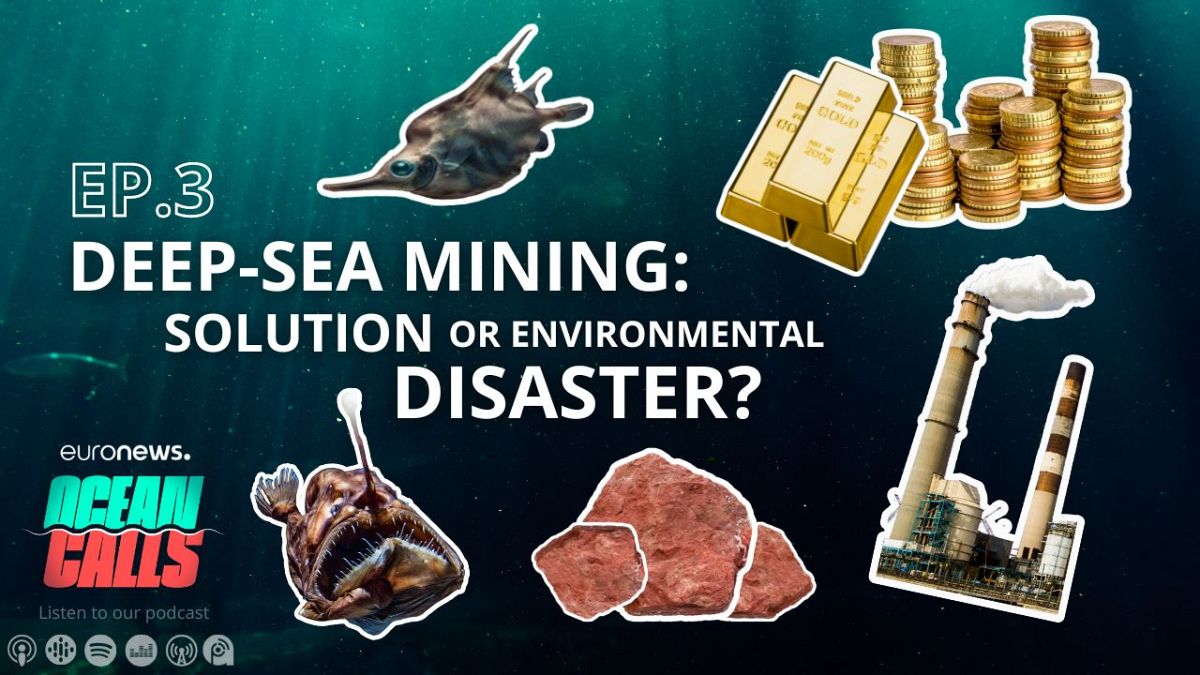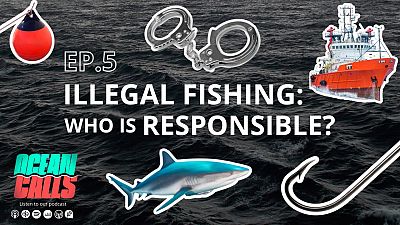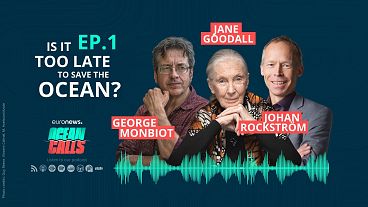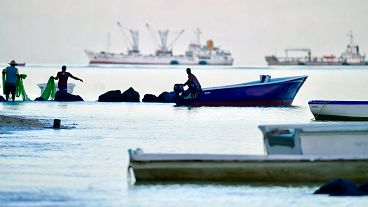We have a growing appetite for Earth's mineral resources and the mysterious deep-sea harbours huge quantities of rare metals that greentech industries crave.
The sea floor has reserves of minerals in sea mounds and nodules that proponents say are necessary to make the batteries and electronics for the green transition.
Conservationists argue mining the sea floor will do irreversible damage to pristine and unexplored environments and that taking a circular economy approach means we shouldn’t need all the cobalt, manganese and other elements to be found there.
No one has started mining the deep sea just yet, but the International Seabed Authority is already working on a set of rules for this new business and has issued authorisations to explore it.
On the 7th September this year the sector took a jump forwards, as a leading firm in the field called The Metals Company announced that it was starting a deep sea mining trial in the Clarion Clipperton Zone of the Pacific Ocean. News that the UN's International Seabed Authority had authorised the expedition came as a surprise, and there's now a possibility that commercial mining could begin in earnest by 2024, despite widespread calls for a moratorium.
Listen to the episode in the player below.
“A few years ago deep-sea mining was still in the realm of science fiction", scientist Pedro Ribeiro tells Euronews in this latest episode of Ocean Calls.
“The environment is so hostile. We are talking about extreme pressure. We are talking about low temperatures and inaccessibility. My first impression was, to be completely honest, that there is no chance that such an industry can be developed in the timeframe that is being promoted by certain companies.”
Ribeiro is a marine biologist at the University of Bergen, currently working with the Norwegian government as the country is looking to mine their territorial waters for precious minerals.
“Here in Norway there is, of course, also a big concern about potential environmental impacts,” Ribeiro says.
Traditionally, Norway is an important producer of oil. Norway exported about 1.2 million barrels per day of crude oil to other countries in Europe in 2021, according to Norwegian Petroleum.
Ribeiro says Norway's track record in oil and gas could bring the know-how to developing the technology to minimise the environmental footprint on the seafloor and water column.
‘Our harvesting machines don’t touch the seafloor’
The green transition will not happen without the resources that lie in the deep sea, says Renee Grogan, the Director of Sustainability at the mining company Impossible Mining.
“If we looked at all of the terrestrial resources that we have for cobalt today, that is not enough to transition the United Kingdom alone to its electric vehicle targets. And then where the rest of the world gets its cobalt from becomes a question”, Grogan tells Ocean Calls.
“So the grade and the quantity of the resource on the seafloor is what's driving this discussion. It's what's driving the race. And it's such an important and tricky discussion.”
Impossible Mining claims that its mission is to find ways to retrieve the metals from the seafloor without destroying the habitat. The company is developing autonomous underwater vehicle (AUV) robots to collect polymetallic nodules from the seabed.
“What we're designing is a fleet of underwater robotic vehicles. And they are not tethered to the vessel. (...) They don't make contact with the seabed. They hover above it,” says Grogan.
This technique is designed to harvest the polymetallic nodules, relatively small formations lying on the seabed, and to limit disturbance to the surrounding environment, she explains.
“The AUV is also programmed to leave behind a certain percentage of nodules so that the habitat remains there on the seafloor. Now, that number, the question of what per cent do we leave behind is something that we're working with the scientists to understand," she says.
Conservationists call for a moratorium on seabed mining
“The nodules (...) are not just lying somehow in there. They're not floating around in the air. They're actually in the sediments,” explains Jessica Battle, head of the Deep Seabed Mining Initiative at conservation organisation WWF.
“If you've ever put your hand down in the puddle of water in the forest, for example, where there is sediment, you just have to touch it and the sediment comes flying up and it becomes a whirl.”
“So it is impossible to not have an impact”, she added.
The deep sea, everything below 200 metres in the ocean, is the largest habitat space on our planet.
“If you go down there with a light you will find colour – bright orange, bright blue, bright pink, all kinds of colours. But for us, to a naked eye, it is pitch black,” explains Battle.
“The animals that live down there, communicate through sound, through emitting light. (...) A lot of the animals who live down there are almost totally translucent. You cannot see them.”
The deep sea plays a crucial role in our planet’s climate regulation. It's an environment which is less well-known than the surface of Mars. With that in mind, many conservationists argue that it would be reckless to mine there as it is impossible to predict the real environmental impact.
As a result, WWF and other groups are calling for a moratorium on deep-sea mining for scientists to have the time to collect more information on these remote worlds.
“At this point of time, it doesn't matter which technology we're talking about because we first need to study the seafloor to understand what is down there, to understand what any technologies impacts would be,” Battle says.
Subscribe to our show on your favourite podcast app.
In this episode of Ocean Calls we’re debating if mining the sea-bed is a solution to meet our green tech needs or an environmental disaster.
Created in partnership with the European Commission's Directorate-General for Maritime Affairs and Fisheries.









